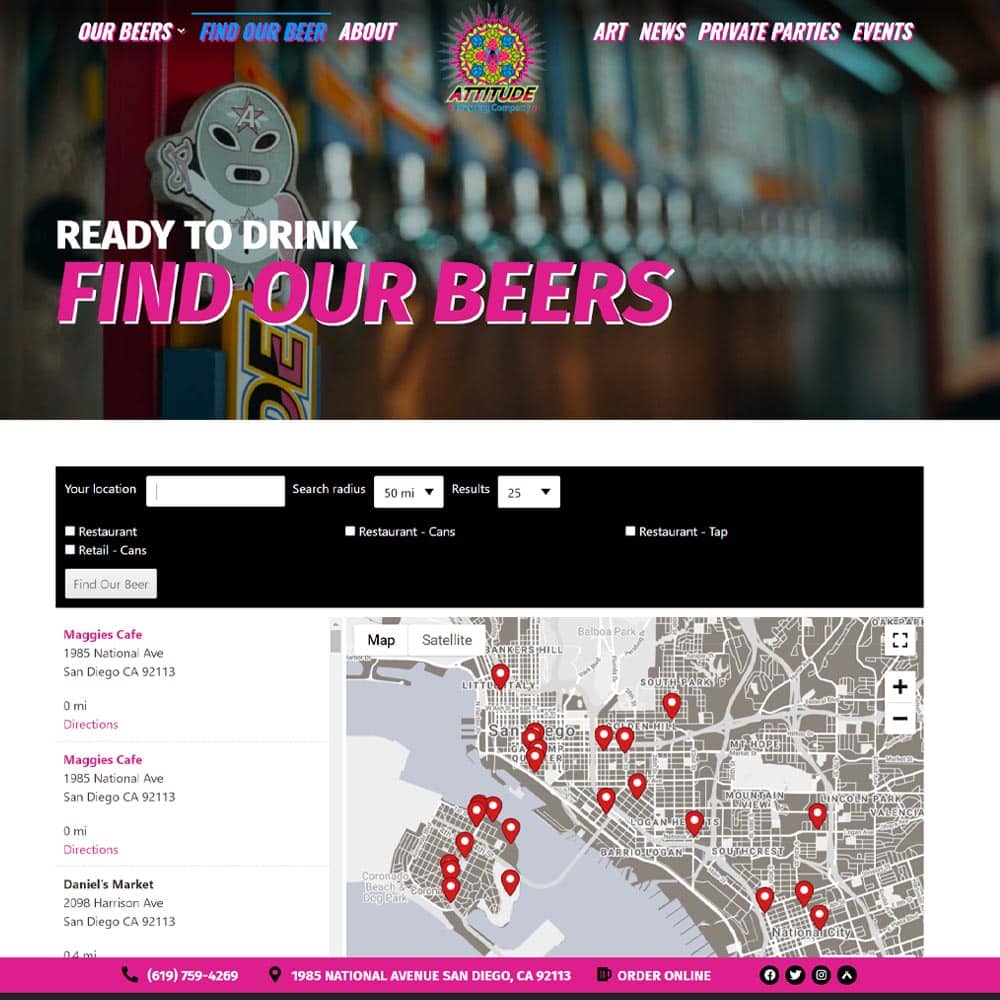Marketing: (noun) The way companies interact with consumers to create relationships that are beneficial to both parties.
Advertising: (noun) The act or practice of calling public attention to one’s product, service, need ,etc., especially by paid announcements in newspapers and magazines, over radio or television, or billboards, etc.
Branding: (verb) To mark with a branding iron
As a marketing manager I have helped mid to large sized companies put together marketing plans. In bigger organizations there are usually a number of people involved in the process and it can take a days or even weeks. Some companies even go as far as taking their teams offsite to develop the plan in order to keep them focused. When it comes to creating a marketing plan for a local business, it isn’t much different other than there are probably less people involved but the questions you face and the components of the marketing plan are the same.
What is a Marketing Plan?
 A marketing plan is the roadmap for all of your business’ marketing efforts. This is where you outline what channels you want to invest money in (i.e. online, social media, direct mail, TV, radio, etc.) and what it is you want to do via these channels. It also should encompass the message you want to deliver to your customers. The purpose of a marketing plan is to help schedule your campaigns and help keep the efforts on track. The marketing plan is a part of your overall business plan and should support those business goals. Marketing plans are typically set for a year. Outlined below are the main components of a marketing plan and some questions most marketers face when creating their plan.
A marketing plan is the roadmap for all of your business’ marketing efforts. This is where you outline what channels you want to invest money in (i.e. online, social media, direct mail, TV, radio, etc.) and what it is you want to do via these channels. It also should encompass the message you want to deliver to your customers. The purpose of a marketing plan is to help schedule your campaigns and help keep the efforts on track. The marketing plan is a part of your overall business plan and should support those business goals. Marketing plans are typically set for a year. Outlined below are the main components of a marketing plan and some questions most marketers face when creating their plan.
Establish a Realistic Budget
To begin with, create a realistic budget. Your marketing budget should be part of the plan. If you want to increase your business by let’s say 50% but are only willing to spend a minimal amount on achieving that, the likelihood of accomplishing your goal is slim. Many business owners spend very little on marketing. Only about a quarter of business owners spend more than $500 per month on marketing leaving close to 75% of business owners spending less than $500 per month. Some spend nothing! This is according to Yodle’s First Annual Small Business Sentiment Survey. Of course, don’t spend more than you can afford but be smart about where you invest your marketing dollars. Figure out where you will get the most exposure and Return on Investment (ROI). The U.S. Small Business Association also suggests giving yourself some flexibility so that you can run an unplanned campaign when your business needs an extra boost or for when you’d like to test new offers.
Know Your Audience
Find out who your customers are and what they are interested in. This will give you better insight into what your message and value proposition should be to your customers. What is it that most of your customers respond to the best? Use that information to help you acquire new customers and retain current ones. Market research is also important in identifying segments that are important to your business. What types of customers do you want to attract? Research can be conducted via direct mail, surveys and personal interviews with customers.
Select the Right Marketing Channels for Your Business
Determine which channels work best for attracting your target market. The most common channels businesses utilize for marketing purposes are:
- Direct Mail
- Classified Ads
- SEM (Search Engine Optimization)
- Directory Listings
- Website
- Mobile
- Social Media
- SEO (Search Engine Optimization)
- Radio
- TV
Depending on the type of business your running and budget you might use all of these or just a few. In deciding which channels to use, think about where you can get the most visibility by your target market. That is exposure and geography. So for example, if your target market is 18-24 year old females within a given zip code, you might consider using a combination of social media, mobile, SEM and your website. Nowadays, it is imperative to have an online presence even if this is the only channel you use to brand and market your business. Having a website for your business not only adds credibility but it makes it easier for your customers to find you. Keep in mind that although Radio and TV will get you mass exposure, it is difficult to target your message to a specific segment of people and it is also difficult to track its impact on revenue. The key here is to optimize the mix of channels and offers you are using. Only testing will help you figure out that sweet spot.
As mentioned earlier; you also have to think about ROI (return on your investment). Measure the impact that your campaigns have had on your revenue and compare that to a time when you were either not running a campaign or running a different campaign. This will help you figure out which campaigns worked best for you. It is important to make campaign analysis and reporting part of your marketing plan. Without it you can’t tell what worked and didn’t work. When building out the plan, Consult with all of the business stakeholders. This can be business partners, employees or vendors. They might be able to share insight that you may not have which will help make your plan stronger.
Revisit Throughout The Year
Marketing plans are living, breathing documents. They are fluid and can change as your business and the market change. The plan should be revisited periodically throughout the year. As you test and optimize your campaigns, you may decide that you’d rather invest in only some of the channels (or different channels altogether) that you initially started with. The key is to analyze your campaigns and see if they are paying off.








